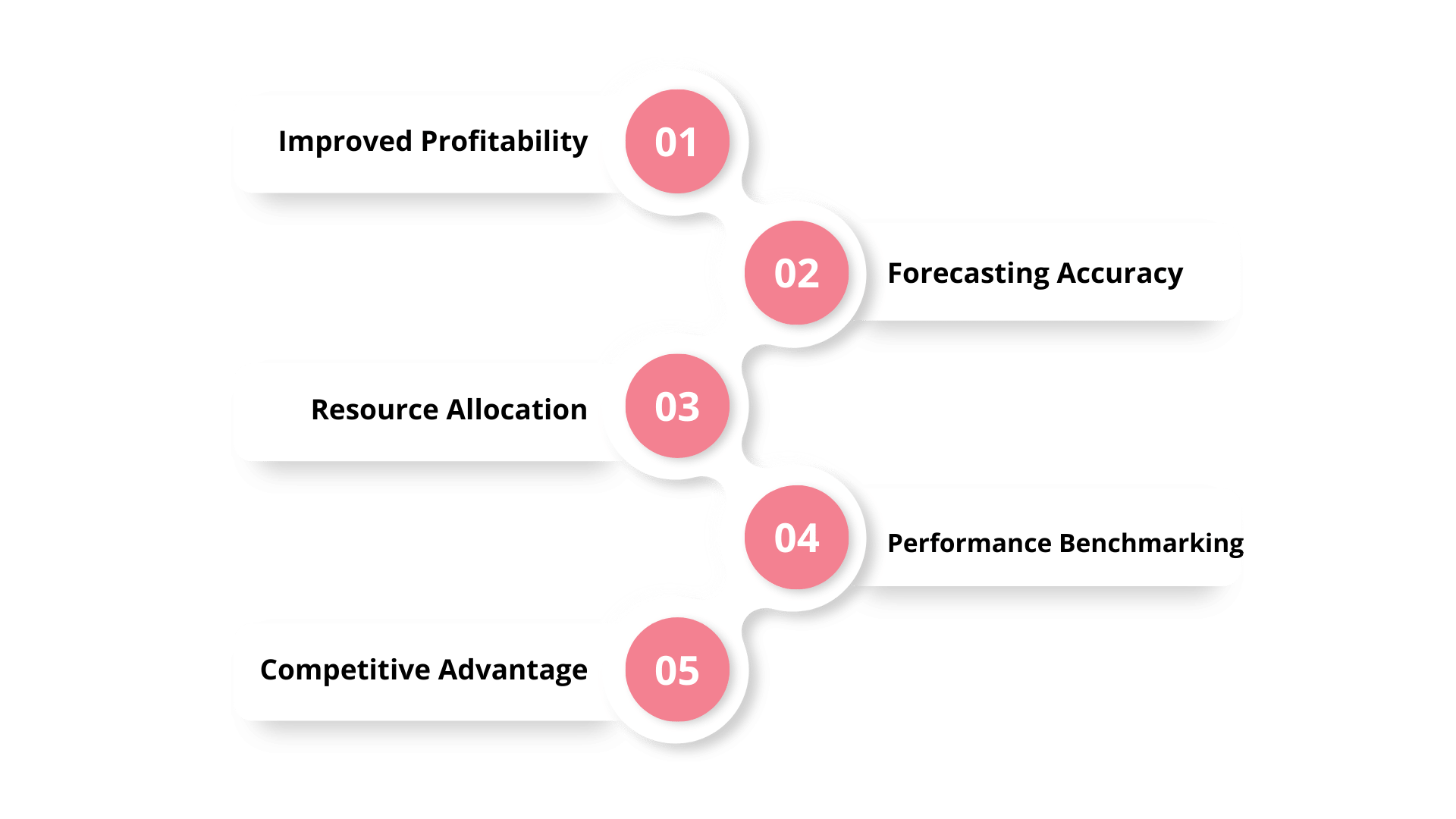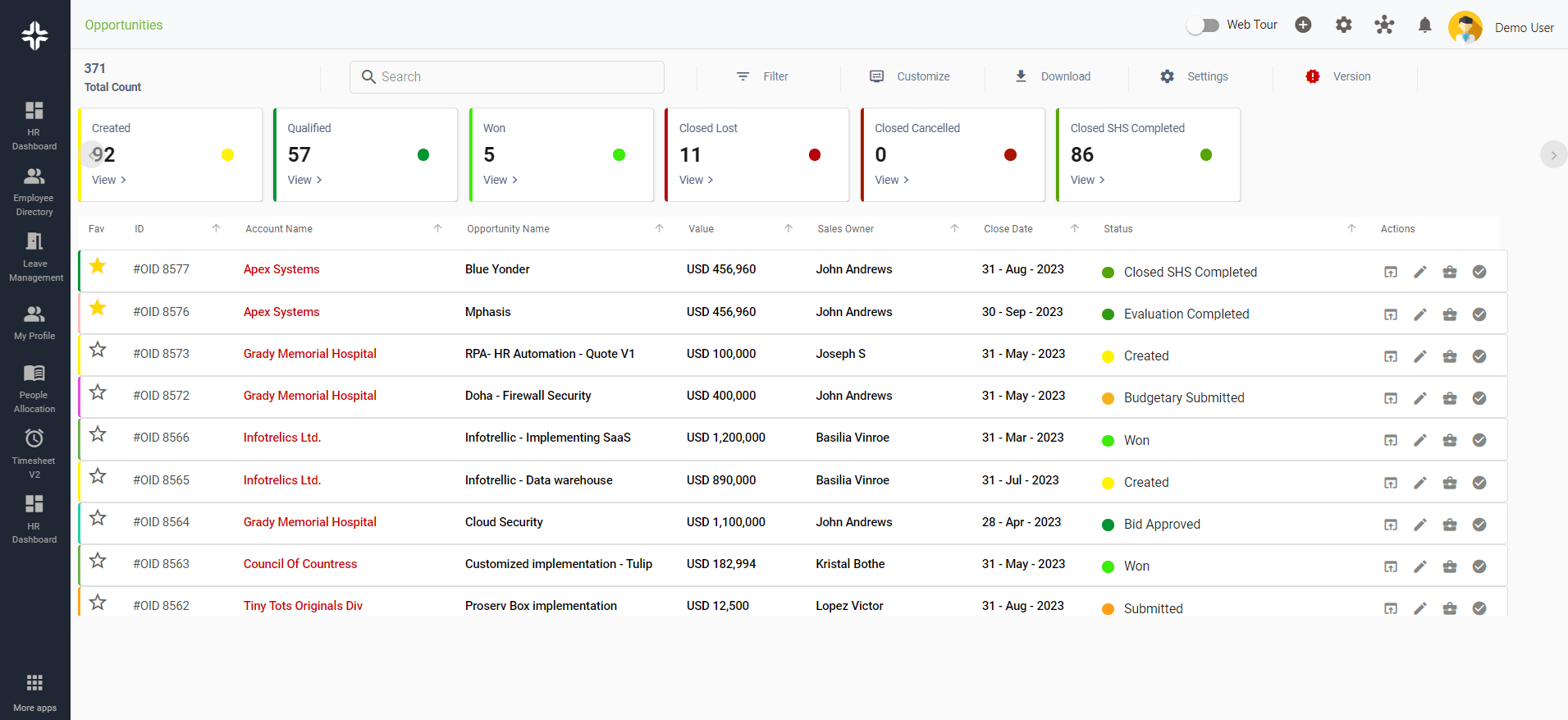Home » PSApedia
Lead-to-Opportunity percentage
Enhance Your Sales Strategy with Lead-to-Opportunity Percentage Analysis.

What is Lead-to-Opportunity Percentage?
Lead-to-Opportunity Percentage is a crucial metric in sales and marketing that measures the conversion rate of leads into genuine sales opportunities.
In the context of Professional Service Automation (PSA), it becomes even more vital as it provides insights into the efficiency of the sales process and the quality of leads generated.
Importance of Lead-to-Opportunity Percentage
Understanding the Lead-to-Opportunity Percentage is essential for several reasons:
1. Sales Forecasting: It helps businesses predict future sales and revenue.
2. Resource Allocation: By knowing which leads are more likely to convert, businesses can allocate resources more efficiently.
3. Improving Sales Strategy: Identifying bottlenecks in the sales process becomes easier, allowing for strategy refinement.
4. Quality of Leads: A higher percentage indicates that the leads being generated are of high quality and relevant to the business.

Importance of Lead-to-Opportunity Percentage
Calculating Lead-to-Opportunity Percentage
Formula:
Lead-to-Opportunity Percentage = (Number of Leads Converted to Opportunities / Total Number of Leads Generated) × 100
Example:
Let’s say a company generated 100 leads in a month, out of which 20 were converted into opportunities.
Lead-to-Opportunity Percentage=(20/100)×100=20%
This means that 20% of the leads generated were converted into genuine sales opportunities. https://novusnexus.lt/duomenu-apsaugos-pareigunas/ duomenų apsaugos pareigūnas
Lead-to-Opportunity Percentage vs Other Metrics
Each metric provides different insights, and while they might seem similar, they cater to various stages of the sales funnel. While the Lead-to-Opportunity Percentage is crucial, it’s essential to differentiate it from other related metrics:
1. Lead-to-Customer Percentage: This metric measures the conversion of leads directly to paying customers.
2. Opportunity-to-Customer Percentage: Measures the conversion of opportunities into actual sales.
3. Lead Velocity Rate: Focuses on the growth rate of qualified leads month-over-month.
| Metric | Description | Purpose | Key Differences |
|---|---|---|---|
| Lead-to-Opportunity Percentage | Measures the conversion rate from leads to opportunities. | Assess the effectiveness of lead generation and qualification. | Focuses on lead conversion and pipeline building. |
| Conversion Rate | Measures the percentage of leads that convert into paying customers. | Evaluates the success of the sales process. | Focuses on lead-to-customer conversion. |
| Opportunity Win Rate | Measures the percentage of opportunities that result in closed deals. | Helps assess the effectiveness of sales efforts. | Concentrates on the later stages of the sales funnel. |
| Lead Generation Cost | Evaluates the cost of acquiring leads or generating opportunities. | Analyzes the efficiency of lead generation efforts. | Focuses on cost-related aspects of lead generation. |
Utilizing Lead-to-Opportunity Percentage
Understanding this metric can significantly impact a business’s sales and marketing strategies:
1. Refining Marketing Efforts: If the percentage is low, it might indicate a need to improve lead quality, which can be achieved by refining marketing strategies.
2. Sales Training: A low conversion rate might also indicate that the sales team needs further training or better tools to convert leads into opportunities.
3. Budget Allocation: Businesses can allocate their budgets more efficiently based on the leads that have a higher conversion rate.
For instance, using tools like KEBS deal management software can help streamline the process of converting leads into opportunities.
Ready to Optimize Your Lead-to-Opportunity Percentage?
KEBS, a leading PSA Software, offers a suite of tools designed to optimize the Lead-to-Opportunity Percentage. With KEBS sales pipeline tool, businesses can visualize the journey of a lead, making it easier to identify bottlenecks and areas of improvement.
KEBS deal management software can automatically score leads based on predefined criteria, ensuring that the sales team focuses on high-quality leads. KEBS custom reporting capabilities allow businesses to dive deep into their lead conversion metrics, providing actionable insights.

KEBS Opportunities
In the realm of PSA, understanding and optimizing the Lead-to-Opportunity Percentage can significantly impact a business’s bottom line. With tools like KEBS, businesses are better equipped to navigate the complexities of lead conversion, ensuring sustained growth and profitability. Ready to optimize your Lead-to-Opportunity Percentage? Contact KEBS or request a demo to see how KEBS can transform your sales process.



